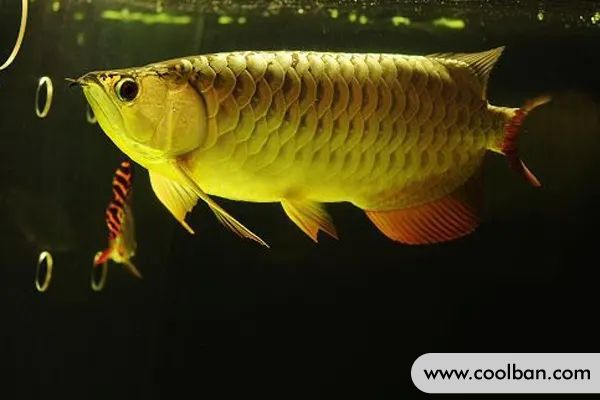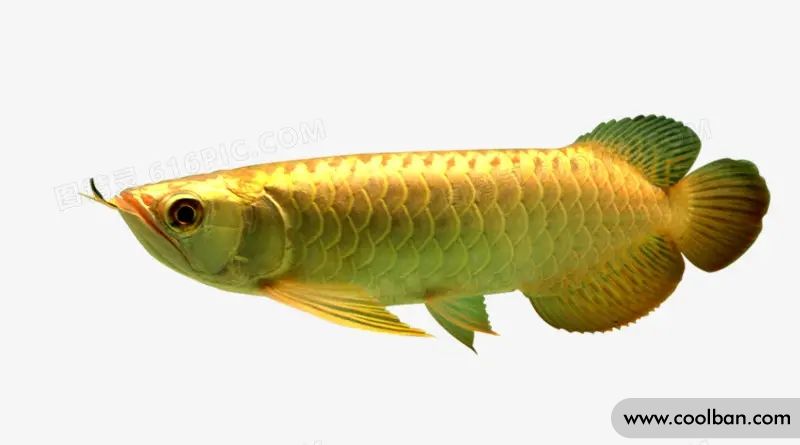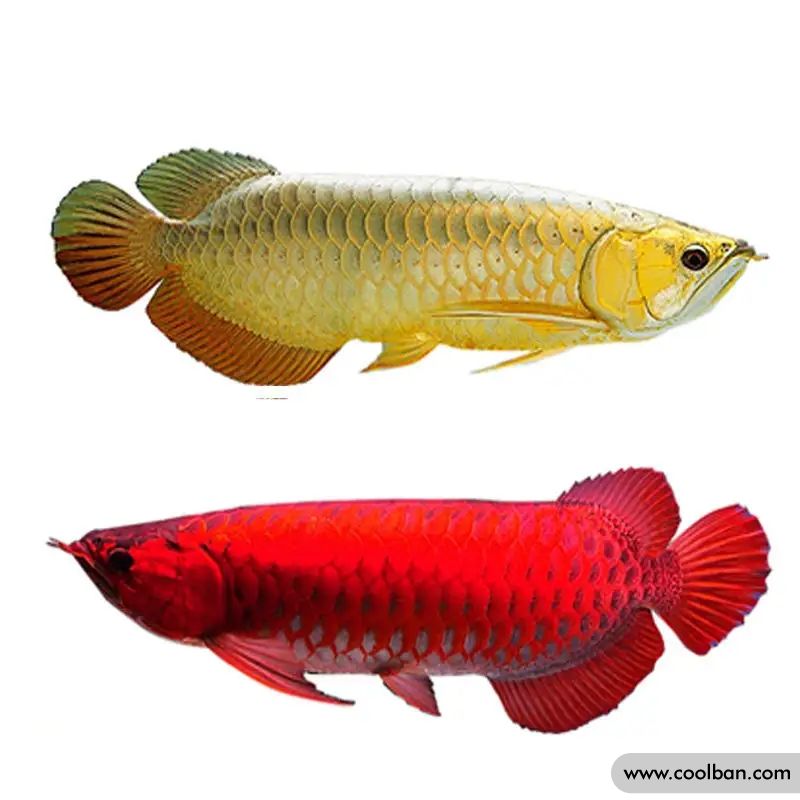Arowana breeding environment and points
Arowana is one of the few ancient fish that existed 290 million years ago. Arowana is now mainly distributed in Oceania, South America and Asia. Arowana can be divided into several strains, the more famous species are back arowana and red arowana.
Appearance characteristics of arowana
Arowana belongs to a few ancient fish species, and many people now raise it as an ornamental fish. There are also a lot of things to look out for when picking out a very special arowana. Arowana can also be divided into several strains. Do you know how to choose?
There are several varieties of arowana in different forms, among which the most precious are the overback arowana and the red arowana. The golden arowana is native to Malaysia, and the red arowana is mainly produced in Indonesia. In addition, there are Star Point Dragon (Pearl Dragon) from Australia and Silver Dragon and Black Dragon from the Amazon River in South America. Golden Arowana is easy to distinguish from Silver Arowana and Black Arowana, but it is difficult to distinguish it from Red Arowana and Green Arowana at the fry stage. Most people need to wait until it grows to distinguish the green arowana scales, which are generally not golden yellow; the golden scales of the red arowana only grow from the abdomen up to the fourth row, and the body color gradually turns red; As the name suggests, golden scales can grow onto the back and cover the entire body.

Arowana breeding environment
The so-called raising fish first raises water, and the same is true for raising dragon fish. Stable and suitable water quality is very important for dragon fish. It is recommended that the PH value of raising dragon fish be between 6.5-7.5, and the tap water can be properly dechlorinated.
The most suitable water temperature for dragon fish is between 20 and 30 ℃, with 28 ℃ as the best temperature. In addition, Arowana is suitable for weakly acidic and neutral water quality, and the dissolved oxygen content should be greater than 5mg/L. With clean water, arowana can be healthy. Among the ornamental fish, Arowana is a veritable water king. It is ferocious by nature and does not allow other ornamental fish to share territory with it.
The general aquarium filter device can meet the needs of raising arowana. Don't change the water too often or too much, as this can cause scales or fins to fall off (though they can regenerate). It is advisable to replace 1/4 of the water each time. A submersible pump can be used to create a current in the tank to keep the arowana alive. Arowana diseases are rare and generally not fatal. When an injury or infection occurs, it can be treated with saline and antibiotics.

Points for raising arowana
When raising arowana, many people pay special attention to the golden scales of arowana. In fact, eating arowana well can keep the golden scales of arowana. So how should it be fed to ensure the body color of the arowana?
We all know that some people like to raise quickly, just to pursue the domineering figure of the dragon fish, and the hugeness is the goal of pursuit. But to raise a golden dragon well, the first thing is to raise it slowly. Arowana grows fast, the density of fish scales is not enough, it is difficult to achieve the heaviness of gold. The best time to cover the golden scales of arowana is 20-40 cm. The longer it goes from 20cm to 40cm, the longer its golden coverage period. So, the only way to prolong this cycle is to slowly lift the scales of the dragon fish up, increasing the density and making them brighter and more golden. Only in this way, the golden arowana has enough time to consolidate the golden scales after this period, reaching its peak after three years.

The main component of golden color in Arowana is phosphorus, and it also contains a variety of trace elements. To make arowana more golden and richer, it is necessary to carry out nutritional feeding in a targeted manner. First, phosphorus can be obtained by feeding small fish, and then trace elements can be absorbed from crustaceans such as cockroaches, crickets and centipedes. However, insects cannot be the main food of dragon fish. First of all, arowanas often eat these and become greedy and difficult to feed. Second, some insects themselves contain some toxins. Although the Arowana's own immunity can completely resist it, let's not forget that it is the result of high-intensity exercise metabolism in the wild. It is best to be careful when keeping arowanas in the aquarium. Shrimp is an insect in the water. The rich astaxanthin is beneficial to the hair color of the arowana, and it is also beneficial to improve the golden color of the arowana. The various nutrients it contains are far more than small fish, so it can also be used as a small fish. The second largest staple food after fish.
